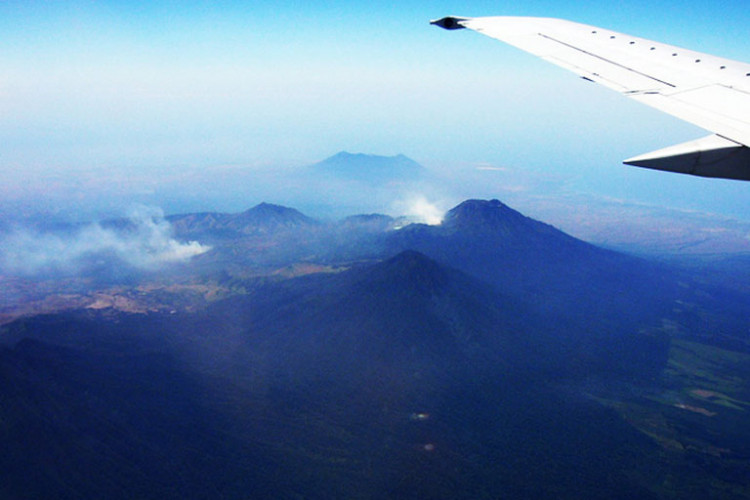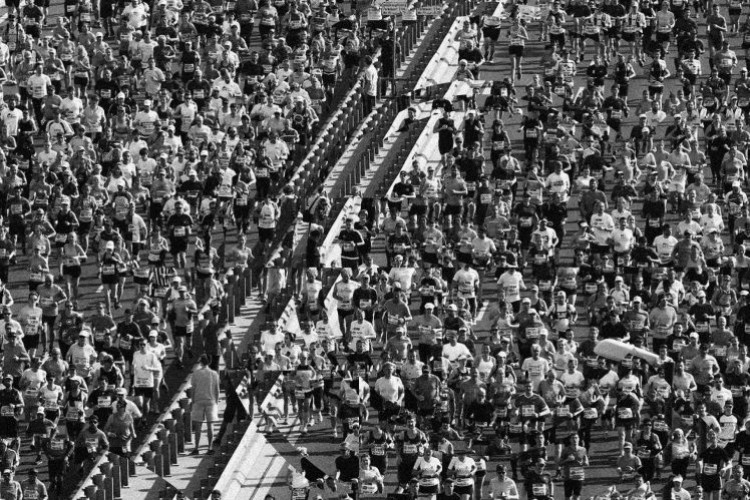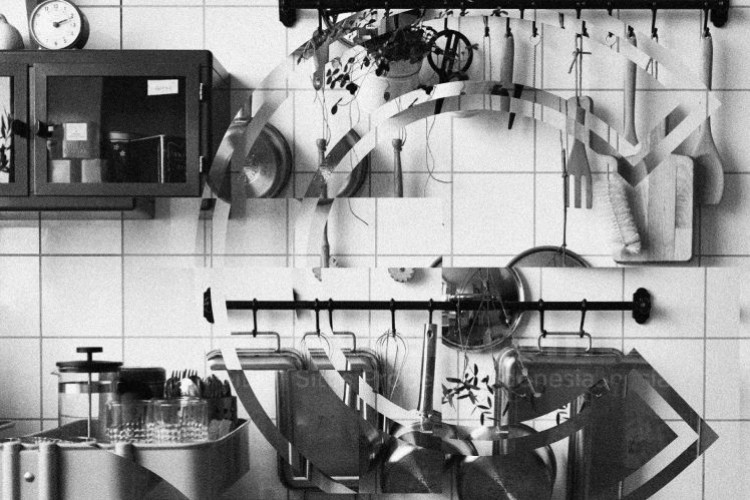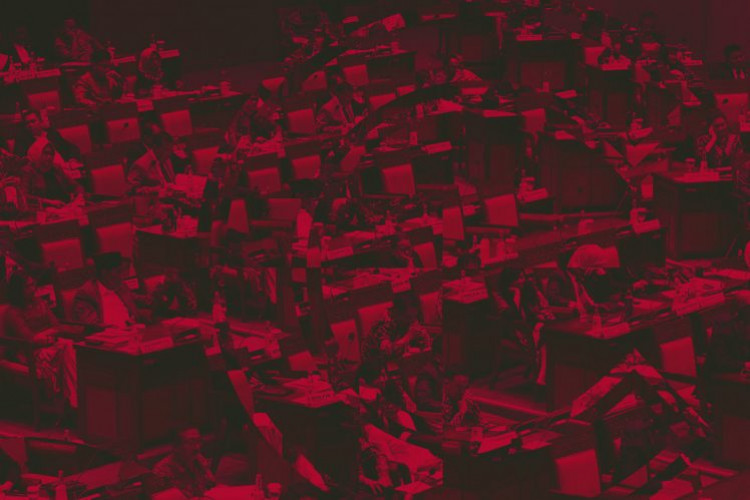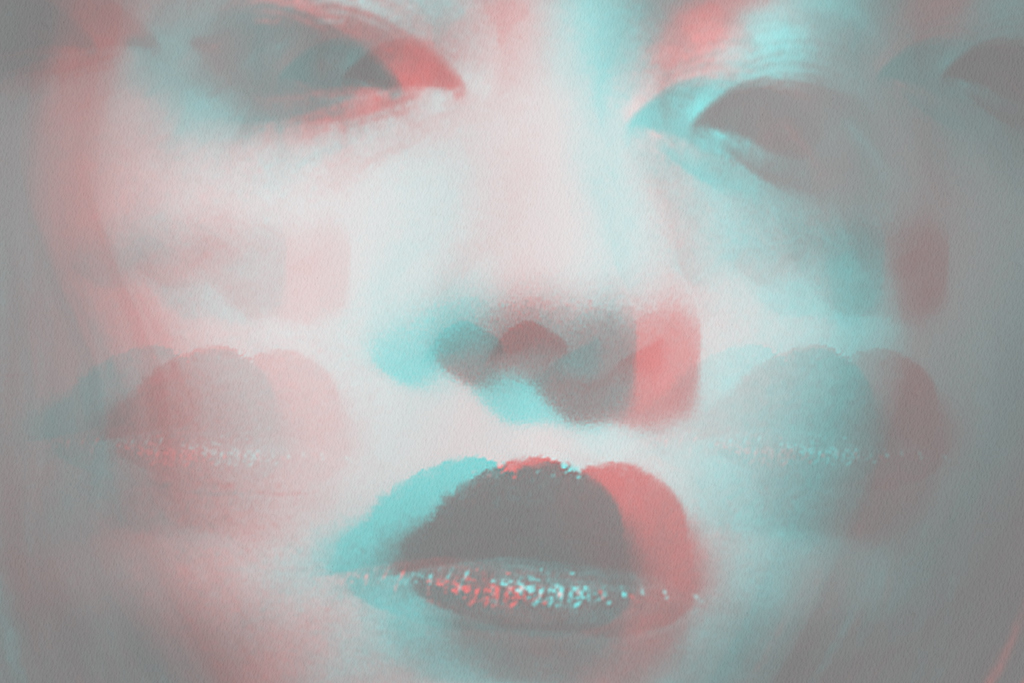
In 2013, in the name of keeping up with current terminology, the Oxford English Dictionary declared the international word of the year was Selfie. They formally defined it as:
Selfie – noun, informal; a photograph taken of oneself, typically with a smartphone or webcam and uploaded to social media.
The new addition cued in an inevitable eyeroll and flippant dismissal of a term that seemed infantile. I was skeptical that a selfie could be capable of being more than just a portrait with an intent to capture a moment of vanity. Self-portraits have been essential contributions to any creative medium by providing a direct and intimate connection between the artist and the viewer. The selfie, however, gained notoriety for lacking any creative intention beyond an expression of self-obsession. Numerous filtered squared photographs are seen on Instagram, archived conveniently by the #selfie tag. The hallmark of a selfie is very much recognizable, from slightly upturned faces, to distorted body angles–all continuously splashed over with artistic filters. It is no surprise that the general perception of a selfie is of one of ridicule. It is a trend made rampant by popular culture and social media, and not something that could account for some serious artistic consideration. Nonetheless, a selfie can in fact be a viable platform for creative expression as a visual language fitting the digital age.
When I think back to the day I received my first cellphone, a Nokia phone that withstood repeated mishaps and impacts on pavements, I didn’t care much for taking pictures, but it was only a matter of time before I became well acquainted with the camera function. Many of us who were fortunate enough to remember the days when front-facing cameras were a thing of dreams, struggled with subpar picture quality and the inevitable right of passage of extending your arms forward to take a snapshot that may or may not be aimed correctly.
At that time we were not aware of the definition, nor did we even imagine for a moment that it would become a kind of ritualistic cultural practice. It’s interesting to note how these social media outlets shape the way we interact with imagery especially the way we interact with our photographs. Our pictures are indicative of who and how we want people to perceive us. A selfie, provides easy access to self-representation more than a traditional self portrait could. Social media dissemination has allowed for mass sharing from one social media platform to the next, so in turn, the rapid exposure of one photograph has never been more possible.
With the birth of Instagram, the Selfie became even more prominent. Instagram provided a unique photographic archive of specific moments, catering to the ever ephemeral present. Users were given the ability to record their daily lives, the photographic subjects stretching across a spectrum of the mundane to the extraordinary. The photographic filters applied to each image suddenly invoked a nostalgia for bygone times. By definition, a self-portrait is a genre lending itself to a creative representation of the artist or photographer. No matter the intention, any portrait whether it be of people or landscapes is a conversation between the artist and the sitter. A self-portrait embodies an intimate dialogue of self representation between the artist themselves and the viewer. I believe approaching the selfie as a method like any other used for creative endeavors, the casual self-portrait can achieve interesting results.
Last year the Moving Image Art Fair in London catered a exhibition dedicated to selfies in forms of video art. The curated show in the National #Selfie Portrait Gallery featured new media artists who combined video and installation art create a hodgepodge of mass media and pop culture aesthetics. For example, artists use a combination of photographic stills and short videos to challenge the notion of a selfie as a medium. One striking installation by Petra Cortright fully embraces the idea of the selfie as a platform for self expression in “DRK PARA”
A green tinted video shows her faces cropped into multiple bands. She moves across the screen, singing along to Lana Del Rey’s Dark Paradise. There’s something incredibly intimate about watching Cortright lipsinging to verses but not quite synching with the background track.
In contrast, Jayson Musson’s video piece seems to dismiss the whole practice of taking selfies with the aptly named “The Inherent Problematics of a Technology-Based Portraiture Method Eclipsing the Role of the Subject, Who, Really is No Longer the Subject at All. Rather the Technology Itself is, so Please Don’t Be Taking No Selfies With a Fucking Windows Phone. That Shit is Deplorable Son. ”
The idea that a self portrait provides a venue for self representation is no foreign concept. It is then by relation that a selfie enables a user to invoke a similar right in the digital world, but is it merely enough to consider such a cultural practice as a visual language fitting to represent a generation? Perhaps the fit itself is questionable, but the method is by far an excellent companion for a society enamored by mass media and pop culture.








